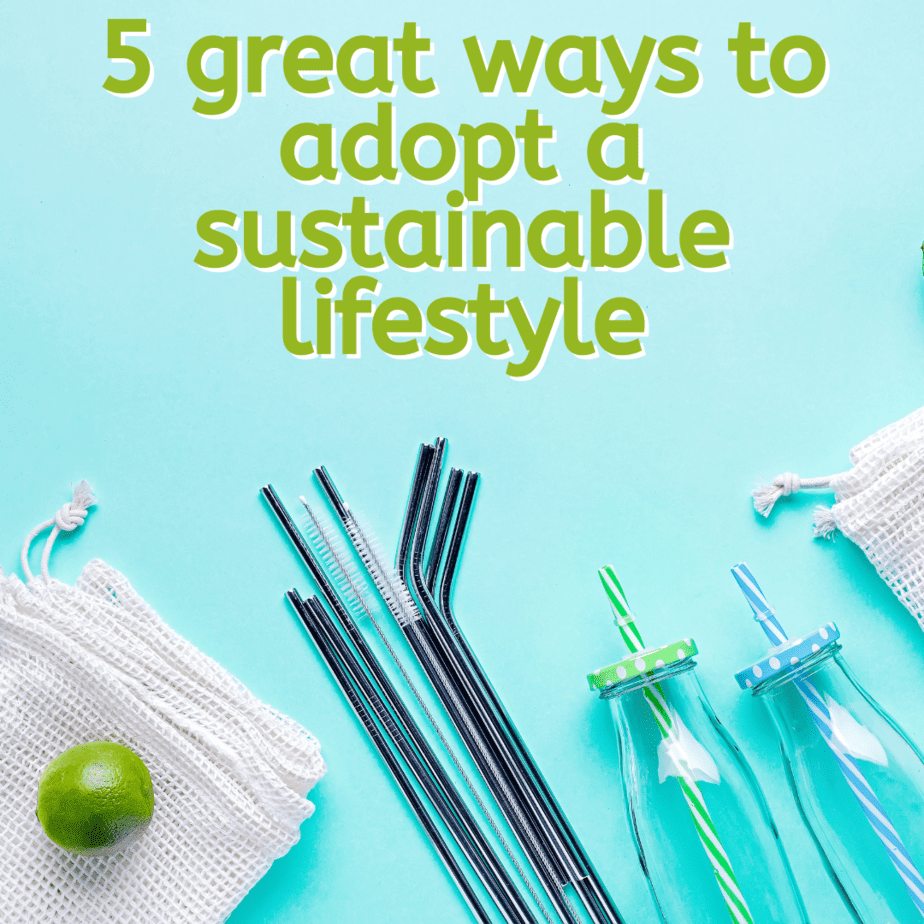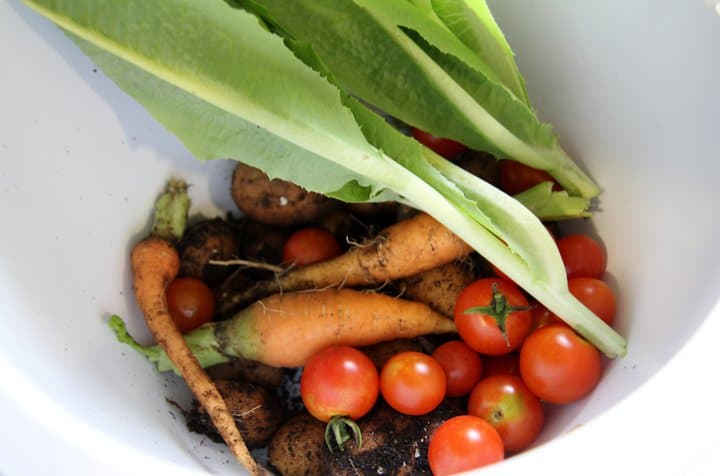The choices we make every day affect the environment around us and leave a positive or negative impact on this planet. Given the onset of climate change and how it is affecting our lives, it is now more than ever the time to make conscious decisions about how we live our lives. Throwing trash in a park, leaving the tap running, and not disposing of our waste adequately may not seem like such a sin, but these actions leave a heavy footprint on the environment. Adopting a sustainable lifestyle for you and your family isn’t as difficult as we may think it is, and given below are five ways you can do so:
5 Ways You Can Adopt a Sustainable Lifestyle for You and Your Family
Try to limit the use of plastics
While this is a no-brainer, one should try to limit the use of plastic within their family to live a sustainable lifestyle. The irresponsible use of plastic in previous decades has caused billions of pounds of plastic to be found occupying the water bed or some of the world’s biggest oceans. Not only does it affect the health of the ocean, but it also affects marine life which includes sea turtles, seals, whales, and dolphins. You and your family can take simple measures to minimize the use of plastic such as ditching single-use water bottles, avoiding the use of disposable straws, choosing products that come in biodegradable packaging or no packaging at all. You should also replace the use of single-use plastic bags and replace them with a cloth or wicker bag.
Think twice before buying
While the 3 R’s – Reduce, Reuse, Recycle – may seem a bit outdated to you, they still stand true to their motto and are just as important today. Whatever we buy leaves an impact on the environment whether it is a new bike or a small pack of chips. From their manufacturing, and production to final consumption, all materials leave an environmental footprint given what resources go into their manufacturing and the pollution that is emitted mid-production. While there is little we can do to determine the manufacturing processes in factories, we can play our part by choosing to only purchase products that are produced responsibly, feature eco-friendly packaging, and only purchase products that we truly need. The habit of hoarding products needs to be minimized.
Wear sustainable clothing
While the term pollution usually brings coal mines and oil-producing companies to our mind, we tend to forget the impact that fast fashion and our clothing choices have on the environment. Fast fashion is one of the biggest contributors to pollution and climate change, and hence you should make an effort to adopt sustainable clothing choices for your family. Opt for brands that use low-impact dying, natural fibers, upcycling, and less water to produce clothing. You may choose options such as organic cotton trousers, linen blouses, and bamboo pajamas, and avoid anything made from polyester, rayon or nylon altogether. You may also choose to adapt thrifting, swapping, and renting fashion to leave a smaller carbon footprint on the environment.
Try driving your car as little as you can
It is recommended that you drive as little as possible and try to adopt alternative modes of transportation. Try walking, taking a bike, carpooling, or using public transportation whenever possible. Also, try to minimize the number of trips you make by combining multiple errands in one trip which would require you to travel less. Additionally, when you do have to drive your car, be sure to regularly perform regular tune-ups which can improve the fuel efficiency of your car and reduce your carbon footprint. Be sure to also keep your tires inflated which would also contribute towards engine heath and fuel efficiency.
Grow your produce
You can limit your carbon footprint by growing fruits, veggies, and herbs around your home. If you have a back or front yard, you can make your garden patch and grow seasonal plants. However, if you live in an apartment, you can plant smaller plants such as tomatoes and most herbs in pots placed around your balcony or windowsill. Not only will this be a fun way for your family to connect with nature, but it would also reduce your use and purchase of plastic-wrapped produce at the local grocery store. However small this endeavor may be, it is beneficial for the environment up to some extent.
Conclusion
While sustainable and mindful living may seem like a difficult feat to achieve for most individuals, it is the opposite of that. Sustainable living is not equivalent to living like a hippie, not eating any meat, and wandering off to the country – rather, sustainable living constitutes doing whatever you comfortably can for the environment and remembering that no matter how small your contribution is, it is making a difference. By adopting smaller habits that you can comfortably retain all your life, you would be doing much more than adopting a restrictive lifestyle that you give up altogether after a few months.

